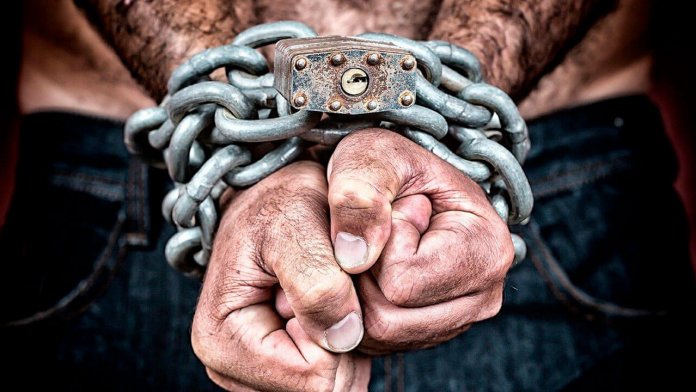According to the 2018 Global Slavery Index, more than 40 million people worldwide are exposed to conditions similar to slavery. A study published by the Walk Free Foundation defines modern slavery as human trafficking, forced labor, or debt bondage. The report also examines situations such as forced marriage, trafficking and exploitation of children.
This is what the top ten countries look like with the most modern slaves.
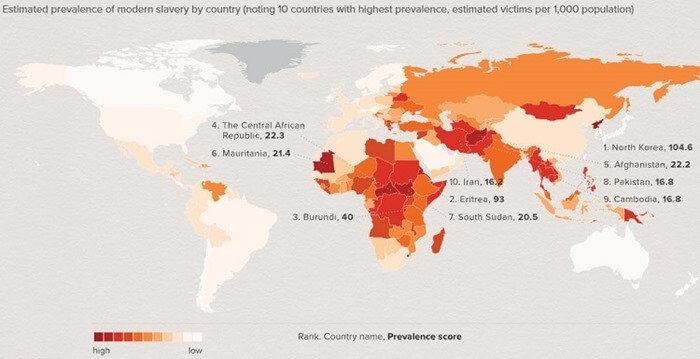
10.Iran
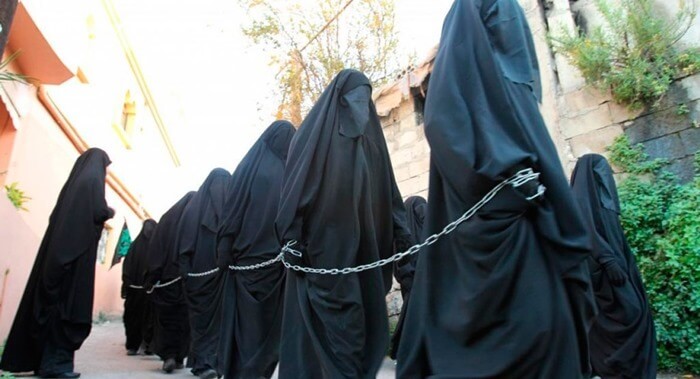 Modern slavery in Iran affects approximately 16.2 people for every 1,000 inhabitants. Some of the worst forms of violence against people flourish in this country - organ harvesting and child smuggling. Women and girls from Iran are smuggled across the border and sold to neighboring countries.
Modern slavery in Iran affects approximately 16.2 people for every 1,000 inhabitants. Some of the worst forms of violence against people flourish in this country - organ harvesting and child smuggling. Women and girls from Iran are smuggled across the border and sold to neighboring countries.
Iran is also used as a transition zone for traffickers working between South Asia and Europe. Although the Iranian government has technically declared slavery all of the law, its slow response and lack of resolutions on the issue show that the situation with modern slaves will not be resolved for a long time.
9. Cambodia
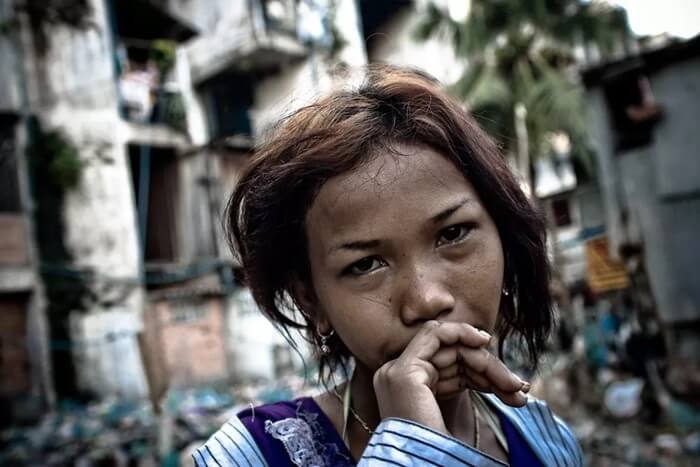 About 16.8 people out of every 1000 inhabitants of the country are in slavery. The biggest problem with contemporary slavery in Cambodia is human trafficking. Women and children in Cambodia are either trafficked by families or into forced labor or forced prostitution. They are also coerced into early and unwanted marriages.
About 16.8 people out of every 1000 inhabitants of the country are in slavery. The biggest problem with contemporary slavery in Cambodia is human trafficking. Women and children in Cambodia are either trafficked by families or into forced labor or forced prostitution. They are also coerced into early and unwanted marriages.
8. Pakistan
 Debt slavery or bonded labor is the most common form of modern slavery in Pakistan, according to the Global Slavery Index. It is most common in the provinces of Punjab and Sindh. At the national level, 16.8 out of every 1,000 Pakistanis are "debt slaves." Poor families are enslaved after borrowing money from a wealthy person. All family members are forced to work long hours for low wages, half of which remains with the lender. Sometimes children and grandchildren have to "pay off" this loan, and until then the whole family will remain a living property. And for women, this is one of the worst countries in the world.
Debt slavery or bonded labor is the most common form of modern slavery in Pakistan, according to the Global Slavery Index. It is most common in the provinces of Punjab and Sindh. At the national level, 16.8 out of every 1,000 Pakistanis are "debt slaves." Poor families are enslaved after borrowing money from a wealthy person. All family members are forced to work long hours for low wages, half of which remains with the lender. Sometimes children and grandchildren have to "pay off" this loan, and until then the whole family will remain a living property. And for women, this is one of the worst countries in the world.
In Pakistan, many wealthy people own brick kilns, coal mines, and carpet factories. These enterprises widely use the labor of modern slaves.
7. South Sudan
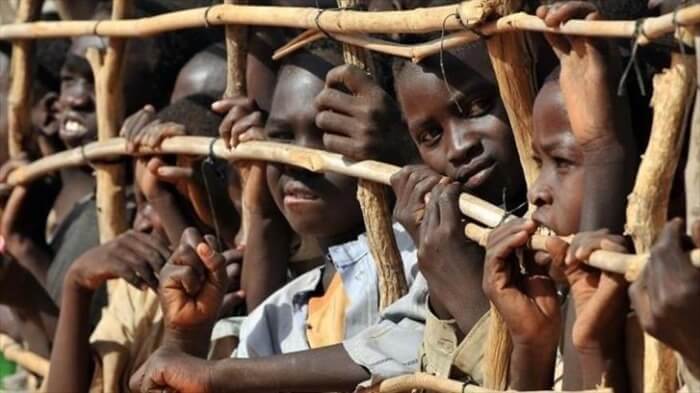 One of the youngest countries in the world is also one of the leaders of the modern slave trade. The victims are 20.5 people for every thousand inhabitants. For decades, South Sudan and North Sudan have been ravaged by brutal civil war and genocide. It is difficult to get an accurate picture of the situation in South Sudan as there are many conflicts raging in the country.
One of the youngest countries in the world is also one of the leaders of the modern slave trade. The victims are 20.5 people for every thousand inhabitants. For decades, South Sudan and North Sudan have been ravaged by brutal civil war and genocide. It is difficult to get an accurate picture of the situation in South Sudan as there are many conflicts raging in the country.
6. Mauritania
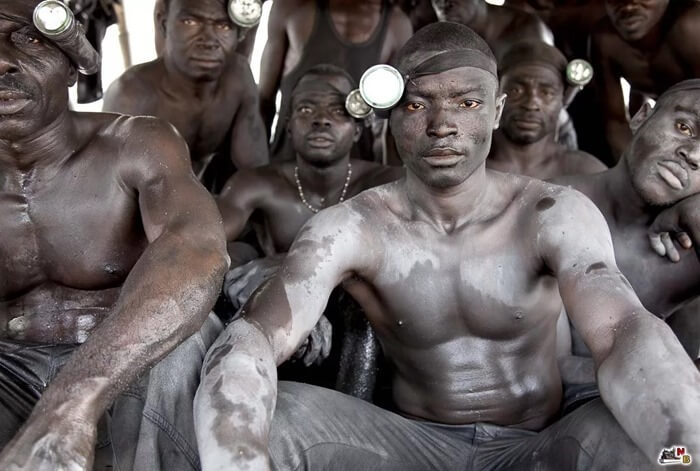 The country, located in western Africa, is known for being one of the largest sources of human trafficking in the world. Experts estimate that 21.4 out of every 1,000 Mauritanians fall victim to the slave trade.
The country, located in western Africa, is known for being one of the largest sources of human trafficking in the world. Experts estimate that 21.4 out of every 1,000 Mauritanians fall victim to the slave trade.
There are no official programs to support victims of the slave trade in the country. In Mauritania, there is a phenomenon where forced labor is passed down from generation to generation, which causes a cyclical problem.
5. Afghanistan
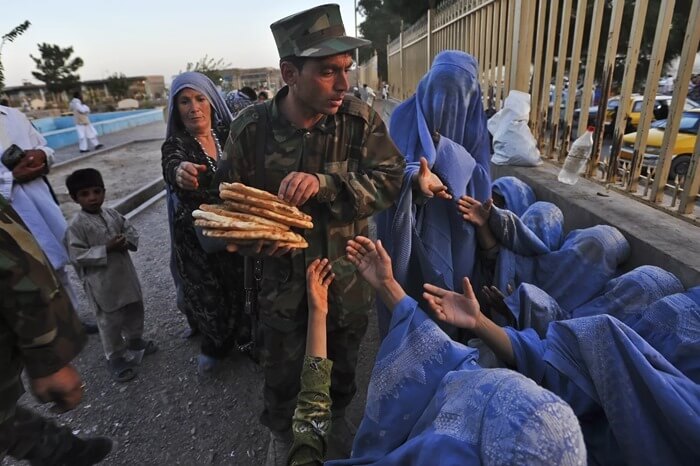 This small country is both a source and site of the illegal slave trade. It is estimated that about 22.2 out of every 1,000 people in Afghanistan are modern day slaves. Many victims (and often children) are trafficked to neighboring countries such as Pakistan and India.
This small country is both a source and site of the illegal slave trade. It is estimated that about 22.2 out of every 1,000 people in Afghanistan are modern day slaves. Many victims (and often children) are trafficked to neighboring countries such as Pakistan and India.
One of the most common forms of slave labor in Afghanistan is coercion to beg. As in the case of South Sudan, it is difficult to get a full picture of the scale of the problem in Afghanistan due to the frequent internal conflicts.
4. Central African Republic
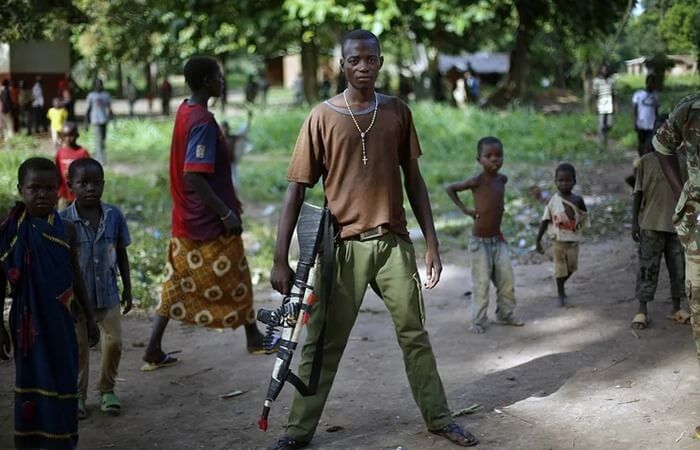 IN the poorest country in the world human trafficking is flourishing. Many of the victims, an estimated 22.3 for every 1,000, are children. Often child slaves are forced into the army. And the Central African government's efforts to combat human trafficking were criticized by the Walk Free Foundation as insufficient.
IN the poorest country in the world human trafficking is flourishing. Many of the victims, an estimated 22.3 for every 1,000, are children. Often child slaves are forced into the army. And the Central African government's efforts to combat human trafficking were criticized by the Walk Free Foundation as insufficient.
3. Burundi
 Burundi has the third largest number of forced labor in the world, involving every 40 people in a thousand. Like other countries on this list, Burundi suffers from weak government and a very poor quality of life. Many children in this country do not go to school. Burundi also has a high HIV infection rate, with about one in 15 adults. Much of the slave labor in Burundi is imposed on citizens by the state.
Burundi has the third largest number of forced labor in the world, involving every 40 people in a thousand. Like other countries on this list, Burundi suffers from weak government and a very poor quality of life. Many children in this country do not go to school. Burundi also has a high HIV infection rate, with about one in 15 adults. Much of the slave labor in Burundi is imposed on citizens by the state.
2. Eritrea
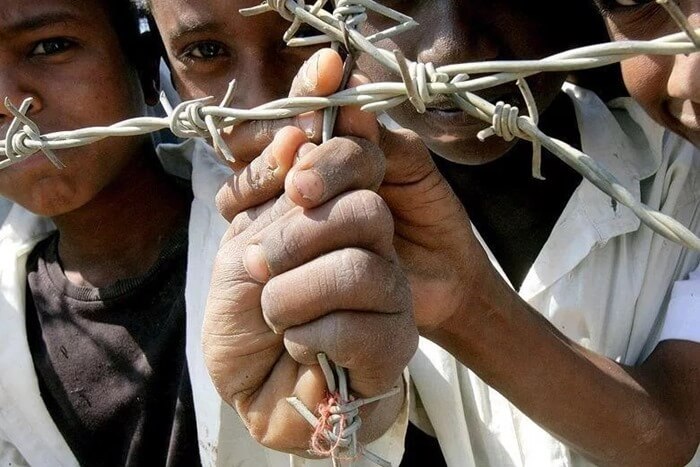 The Eritrean government, according to the Walk Free Foundation report, is "a repressive regime that abuses its conscription system to keep its citizens in forced labor for decades." About 93 of every 1,000 Eritreans are victims of modern-day slavery.
The Eritrean government, according to the Walk Free Foundation report, is "a repressive regime that abuses its conscription system to keep its citizens in forced labor for decades." About 93 of every 1,000 Eritreans are victims of modern-day slavery.
1. North Korea
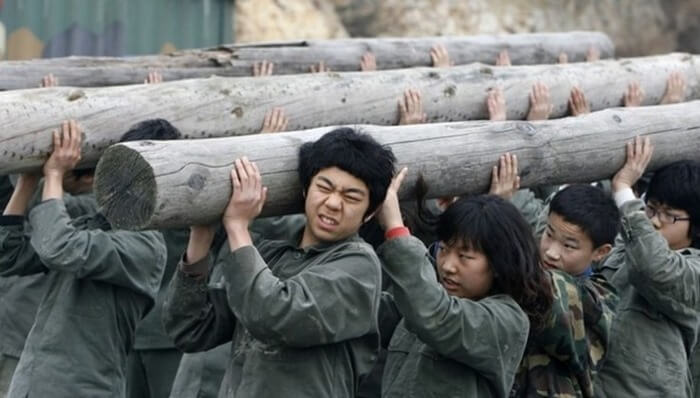 One in ten people in North Korea is considered a modern slave. Moreover, "the clear majority are forced to work for the state." When compiling the "slave" rating, the researchers spoke with 50 defectors from North Korea. They talked about the inhuman conditions and forced unpaid labor of adults and children involved in agriculture, construction and road construction. There is also speculation that the North Korean government is sending workers overseas (including to textile factories in neighboring China).
One in ten people in North Korea is considered a modern slave. Moreover, "the clear majority are forced to work for the state." When compiling the "slave" rating, the researchers spoke with 50 defectors from North Korea. They talked about the inhuman conditions and forced unpaid labor of adults and children involved in agriculture, construction and road construction. There is also speculation that the North Korean government is sending workers overseas (including to textile factories in neighboring China).
At the same time, one of the defectors named Zhang Jin-Song said that the North Koreans do not consider themselves slaves. “They have been inspired all their lives to think that everything they do for the state is good,” he said.
Overall, 2.6 million North Koreans live in modern-day slavery, the study said. That is why North Korea ranks first in the ranking of the states with the largest number of slaves.
Who is responsible for modern day slavery, and what can be done?
The 2018 Global Slavery Index measures not only the extent of modern slavery across countries, but also the steps governments are taking to address the issue. The index summarizes different estimates of the prevalence of slavery, measurements of the vulnerability of a country's population, and government action. It provides insights into how to best respond to modern slavery, as well as how to predict and prevent future human oppression.
Developed countries are responsible for modern-day slavery, the report says, as they import $ 350 billion worth of goods from developing countries every year. These products are manufactured under questionable conditions.
Products that may be associated with the use of slave labor include: coal, coca, cotton, timber, and fish. The study also says that two problems allow modern slavery to flourish. The first is repressive governments that use forced labor. And the second - conflicts in different countries, which lead to the destruction of social structures and existing systems of protection of the population.
The report recommends that governments and businesses prioritize human rights in their fight against dictatorships.
Russia's place on the list of modern slavery
Russia did not make it into the top 10 countries in terms of the ratio of free citizens to modern slaves. According to the Walk Free Foundation, there are 794,000 slaves in our country. It ranks 64th in the ranking. But in terms of the total number of slaves on the territory of the state, Russia still fell into the top ten. India, China and North Korea turned out to be its neighbors.

